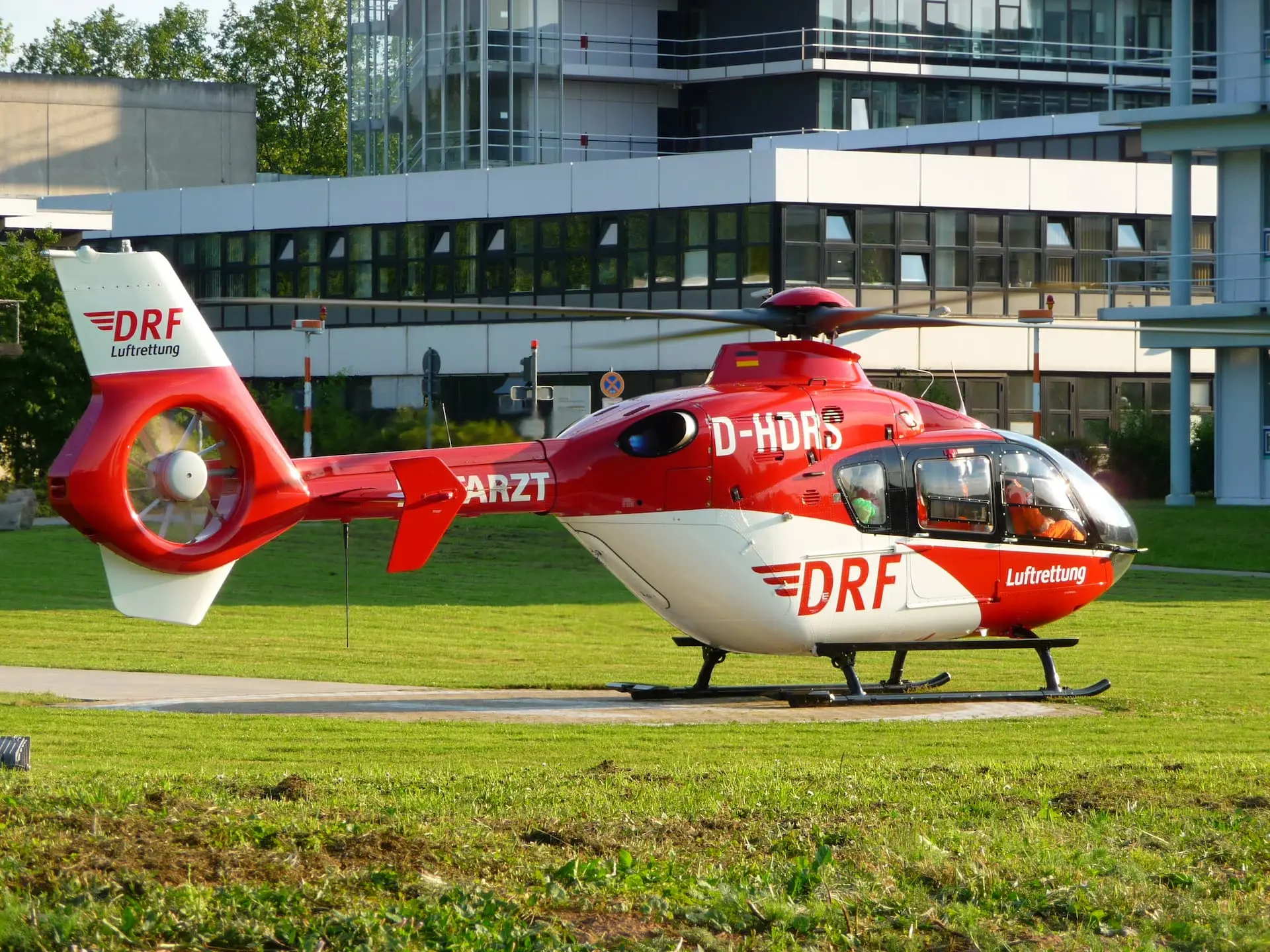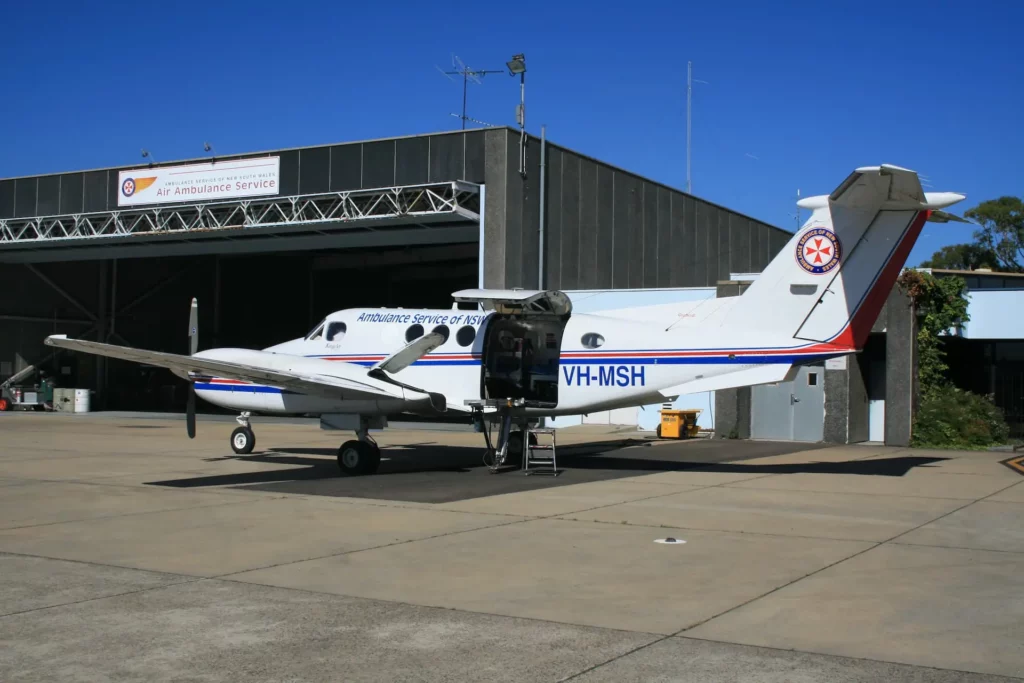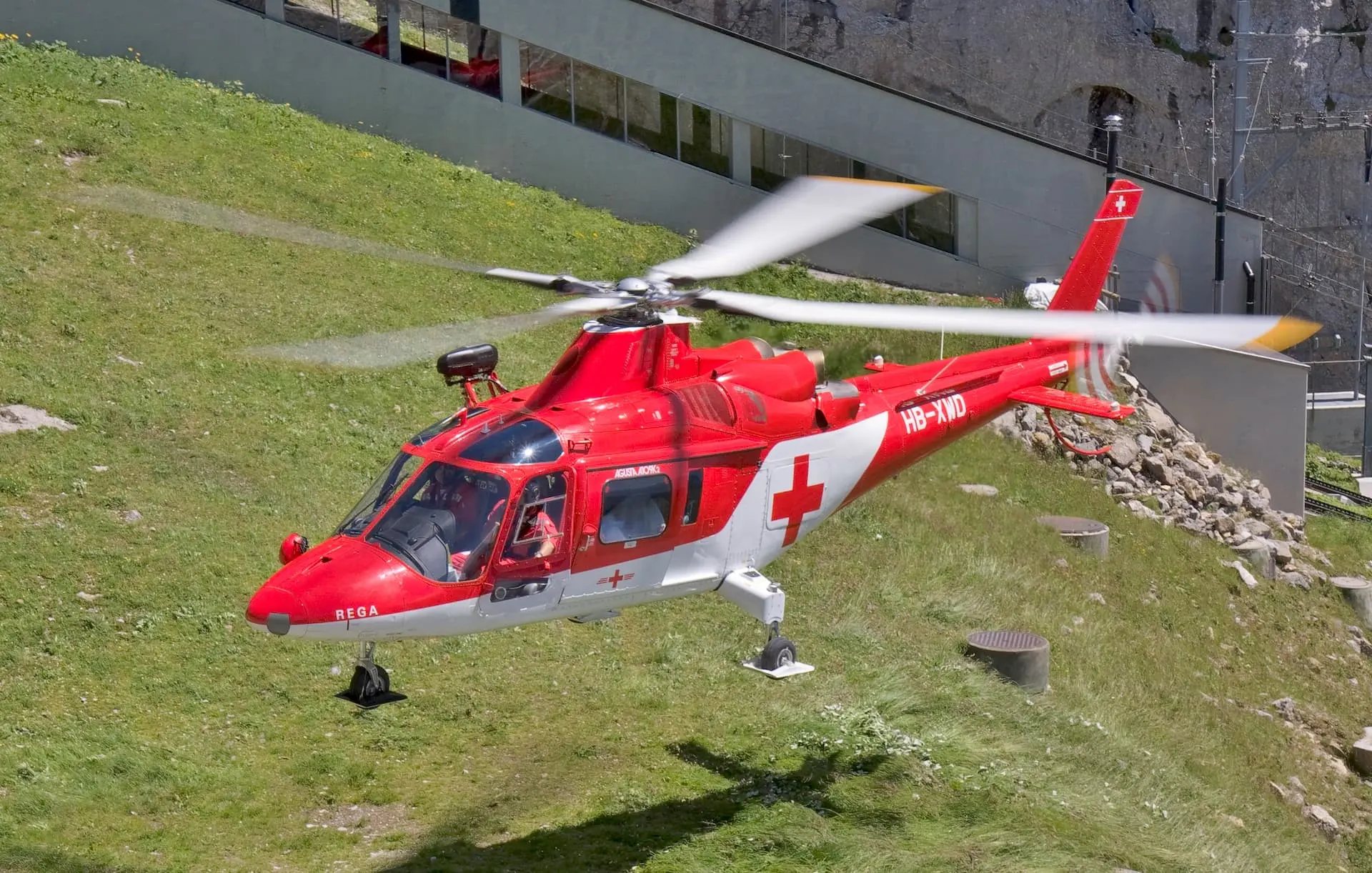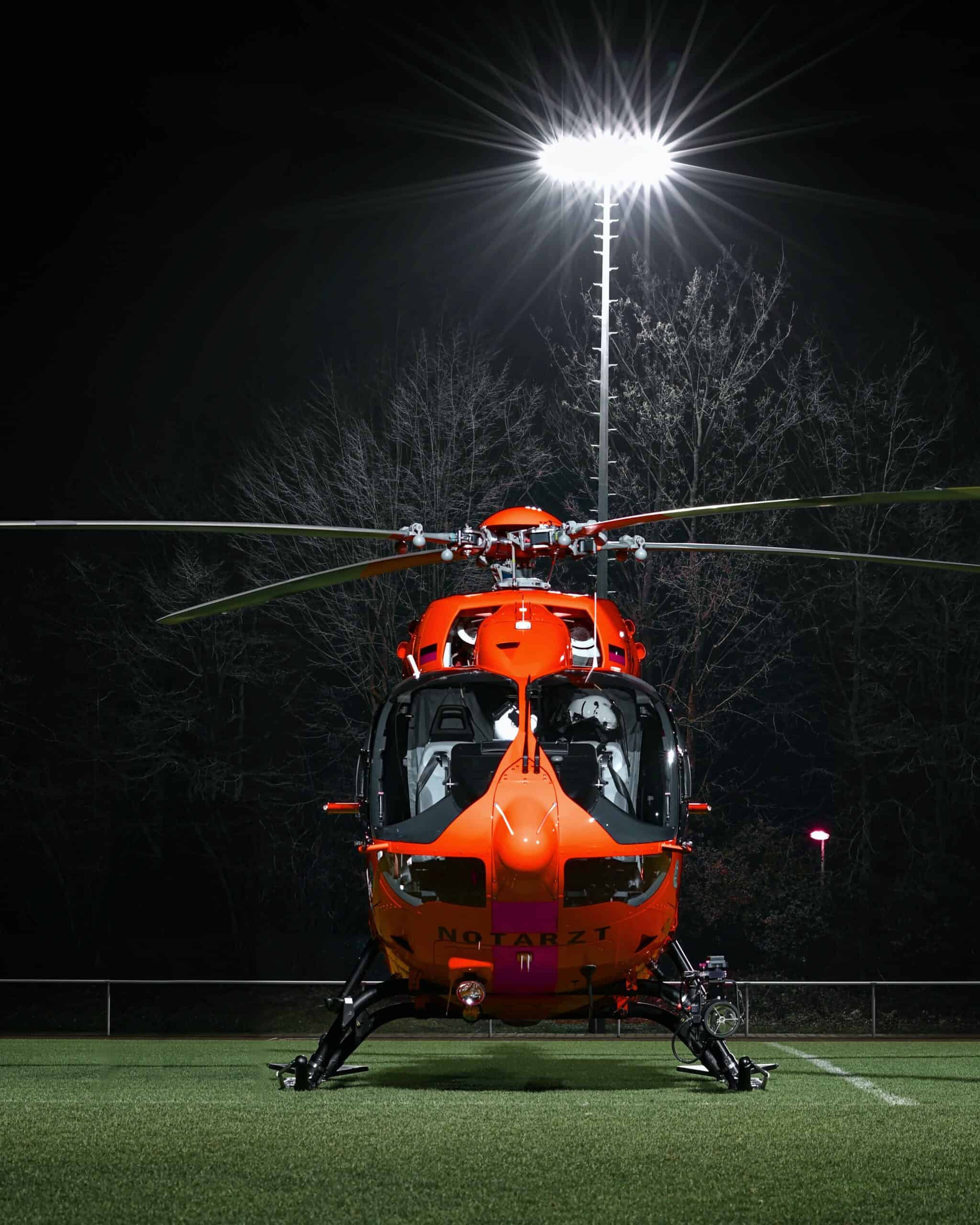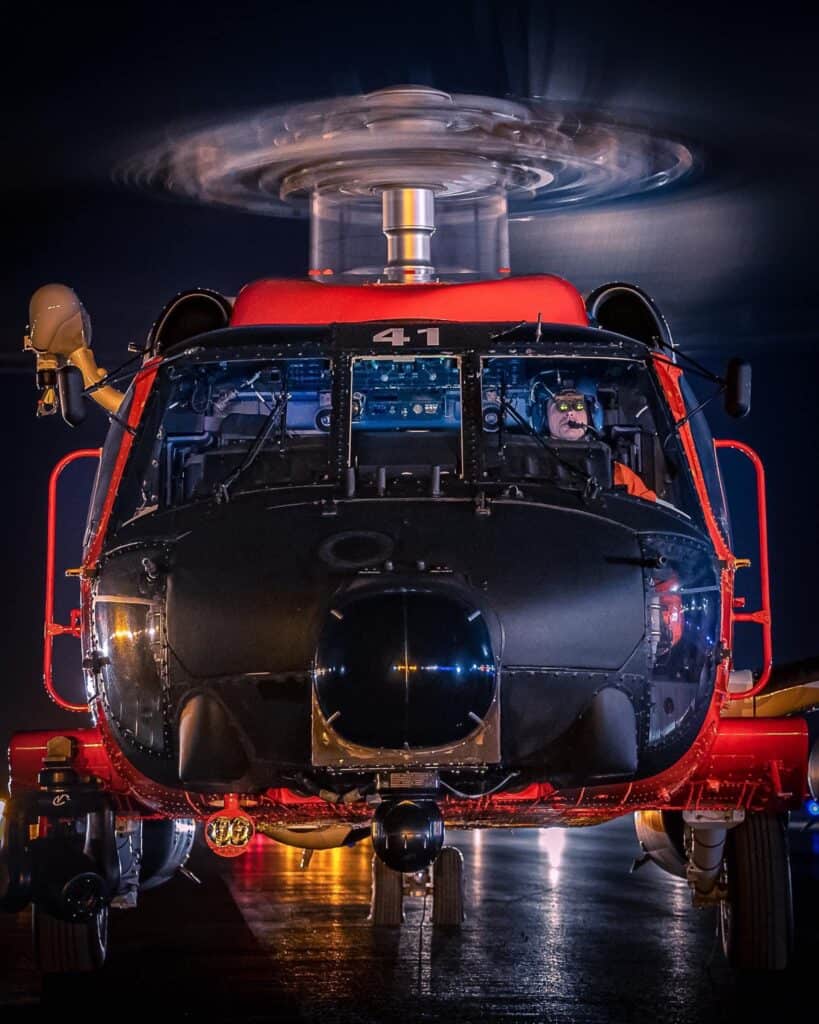The image of a brightly colored helicopter rushing to a medical emergency has become synonymous with swift and efficient medical care. But the journey of the air ambulance, from a concept born out of necessity to a vital tool in saving lives, is a fascinating story filled with innovation, dedication, and continuous progress. Let’s delve into the evolution of this remarkable service, highlighting its historical milestones, technological advancements, and the diverse aircraft that keep this critical function airborne.
Early Seeds: From Battlefield Necessity to Civilian Innovation
The concept of using aircraft for medical transportation has its roots in the early days of aviation. During World War I, the need for efficient evacuation of wounded soldiers led to the first documented use of an airplane for medical transport in Germany in 1916. However, it wasn’t until the following decades that the air ambulance concept began to take shape in a more organized manner.
1920s and 1930s:
Sporadic instances of using fixed-wing aircraft for medical transport emerged in various countries, particularly in remote areas where ground transportation posed significant challenges. Pioneering individuals like Dr. Bernard Miles in Australia and Dr. Richard Dudgeon in the US advocated for the utilization of airplanes for medical purposes, recognizing their potential to overcome geographical limitations and improve access to care.
1940s:
World War II acted as a catalyst for the development of air ambulance services. The US Army Air Forces established the Air Evacuation Service in 1943, marking a significant step towards organized air medical evacuation using fixed-wing aircraft.
Post-War Advancements: The Rise of the Helicopter and Specialization
Following World War II, the evolution of the air ambulance accelerated with two key developments:
- The emergence of helicopters: With their unique ability to take off and land vertically, helicopters offered greater flexibility and access to remote locations compared to fixed-wing aircraft. The Bell 47, introduced in the late 1940s, became one of the first helicopters utilized for medical transportation.
- Specialization and dedicated services: Air ambulance services began to evolve beyond wartime evacuation, catering to various needs like civilian medical emergencies, search and rescue operations, and inter-facility patient transfers. This led to the development of specialized air ambulance configurations with dedicated medical equipment and trained personnel on board.
The 1960s and Beyond: A Golden Age of Innovation and Expansion
The 1960s and subsequent decades witnessed a surge in advancements in air ambulance technology and operations:
- Improved medical equipment: Advancements in medical technology allowed for the integration of sophisticated equipment like ventilators, defibrillators, and monitoring systems on board air ambulances, enabling the provision of critical care during transport.
- Communication advancements: Enhanced communication systems facilitated better coordination between medical personnel on the ground and in the air, ensuring seamless patient care throughout the transportation process.
- Standardization and regulations: The establishment of regulations and standardized protocols for air ambulance operations ensured safety, quality, and consistency in service delivery.
“The development of air ambulances has been a remarkable journey, driven by the dedication of medical professionals, aviation experts, and technological advancements. Today, these flying lifelines play a crucial role in saving lives and improving access to critical care across the globe.“
Mike Schneider, Industry Expert
The Modern Air Ambulance Landscape: Diverse Aircraft and Specialized Roles
Today, the air ambulance landscape encompasses a diverse range of aircraft, each tailored to specific needs and operational environments:
Fixed-wing aircraft:
- Cessna 208 Caravan: This versatile turboprop offers long-range, high cruising speed, and the ability to operate on unpaved runways, making it suitable for long-distance patient transfers and reaching remote locations.
- King Air series (e.g., King Air 200, 350): These twin-engine turboprop aircraft provide a comfortable cabin environment, good range, and speed, and are often used for inter-facility patient transfers and critical care missions.
- Pilatus PC-12: This single-engine turboprop aircraft combines good performance with fuel efficiency and the ability to operate on short runways, making it suitable for both long-distance and regional air ambulance missions.
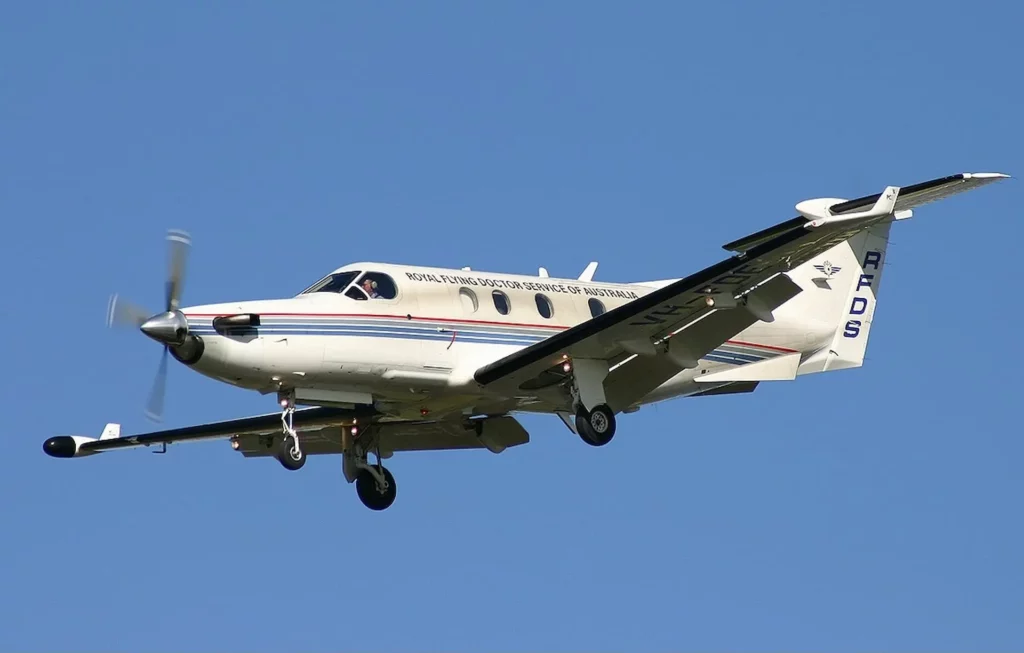
Rotorcraft:
- Bell 407: This light helicopter offers excellent maneuverability, allowing access to confined landing zones and hovering capabilities essential for critical care missions in urban areas or challenging terrain.
- Bell 429: This twin-engine helicopter provides increased power, payload capacity, and longer range compared to the Bell 407, making it suitable for longer-distance air ambulance missions and transporting multiple patients.
- Airbus H135 (formerly Eurocopter EC135): This versatile light helicopter is widely used for air ambulance operations due to its reliability, good performance, and spacious cabin for medical equipment.
- Leonardo AW109 (various models): This family of light twin-engine helicopters offers various configurations and capabilities, making them suitable for a wide range of air ambulance missions, from emergency medical services to long-distance patient transfers.
The choice of aircraft for an air ambulance mission depends on various factors, including:
- Distance of transport: Fixed-wing aircraft are generally faster and have longer range, making them suitable for long-distance transfers, while helicopters are better suited for shorter distances and reaching remote locations.
- Patient condition: Critical care patients requiring advanced medical equipment and immediate attention might benefit from helicopters due to their ability to land closer to the scene and provide a more stable platform for treatment.
- Weather conditions: Fixed-wing aircraft are generally more susceptible to weather limitations compared to helicopters, which can often operate in low visibility or challenging weather conditions.
- Infrastructure availability: The availability of suitable landing zones for both fixed-wing aircraft and helicopters plays a crucial role in determining the appropriate choice.
“The development of air ambulances has been a remarkable journey, driven by the dedication of medical professionals, aviation experts, and technological advancements. Today, these flying lifelines play a crucial role in saving lives and improving access to critical care across the globe.“
Sarah Jones, Maintenance Facility Manager
Looking Ahead: The Future of Air Ambulances
The future of air ambulances holds immense potential for further advancements:
- Technological innovations: Continued advancements in areas like electric and hybrid propulsion, autonomous flight technologies, and telemedicine could revolutionize air ambulance operations, improving efficiency, safety, and access to care in remote areas.
- Focus on safety and efficiency: Ongoing efforts to refine safety protocols, enhance pilot training, and optimize operational procedures will remain crucial in ensuring the continued safe and effective delivery of air ambulance services.
- Collaboration and partnerships: Collaboration between air ambulance operators, medical professionals, regulatory bodies, and maintenance facilities will be essential for addressing emerging challenges and optimizing service delivery across the globe.
The evolution of the air ambulance is a testament to human ingenuity and the unwavering commitment to saving lives. From its humble beginnings to its current diverse and sophisticated operations, the air ambulance continues to play a vital role in modern healthcare. As we look towards the future, continued innovation, collaboration, and a focus on safety and efficiency will ensure that these flying lifelines continue to soar, reaching those in need and offering hope in the face of medical emergencies.




